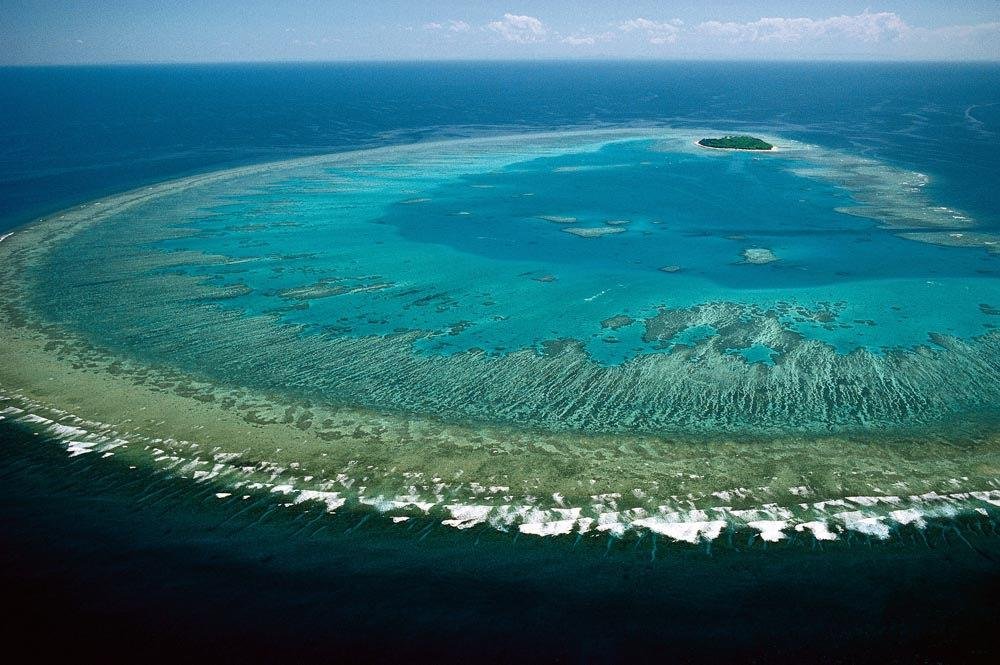The diversity of the region is reflected in its cuisine, though some of the ingredients overlap, they differ greatly in flavour and texture.
Surrounded by the vast ocean, with seafood available in abundance, fish has become a huge part of traditional cuisine. Similarly, like all tropical countries, where coconut trees grow free and wild, the native has figured out a way to make the best of it.
The local cuisine has also been heavily influenced by colonisation, with new ingredients and cooking techniques being introduced.
Being heavily influenced by East Asian communities, rice is considered a staple in most of the island nations.
The islands of the Pacific, basking in the tropical sun is home to amazing seasonal produce such as Taro, breadfruit, bananas, plantain, sweet potato, cassava, taro leaves and stems, pandanus, coconut and sugar cane and many more. Seafood is a favourite, sheep; pigs and chicken are also popular.
Today the cuisine of Oceania is a narrative of its history and a true amalgamation of Eastern and Western cultures.
Clothing
Prior to colonization, that began as early as the sixteenth century, clothing in the islands of Southeast Asia and the Pacific was minimal due in part to the islands’ tropical conditions. Simple wrapped garments were worn primarily over the lower body, and some cultures occasionally wore unconstructed garments on the upper body as well. Dress included not only the wearing of bark cloth but also involved tattooing for both sexes.
After Western contact, island men rapidly adopted Western styles, however by the end of the 20th century, fashion activists and artists emerged using dressing styles to illustrate issues of conflicts regarding ethnicity, globalization, and post-colonialism.
As a visitor in the Pacific, you are free to wear whatever you wish to as long as it is decent and not too revealing, taking into consideration the local culture. However, there are exceptions such as Tahiti and Bora Bora, where the French influence has introduced topless beaches.
Additionally
Other customs include fire walking and the use of an earth oven in called ‘lovo’ in Fiji, stone fishing in French Polynesia, a traditional form of tattooing in Samoa and the use of shell money in the Solomon Islands.







